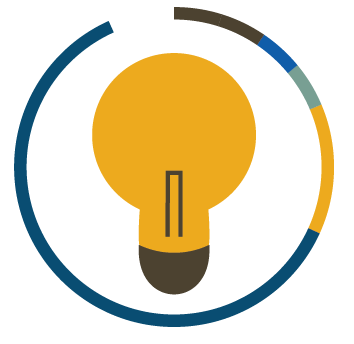Preface
In general, the goals of community engagement are to build trust, engage new resources and allies, create better communication, understand community health concerns, and improve health outcomes. Community engagement helps to improve environmental public health work when community input and insights are considered in the investigation design, data collection and analysis, health interventions, and information sharing activities.
This Community Engagement Playbook (“the Playbook”) was created to guide you, public health professionals, and state, territorial, local, and tribal partners through the phases and activities of community engagement. The Playbook describes ATSDR’s four Phases of Community Engagement:
These phases roll out over the course of public health assessments and other types of site-based environmental public health responses (e.g., health studies, exposure investigations, public health assessments). Throughout the Playbook, we will refer to this work collectively as “environmental public health work.” We also describe nine key Community Engagement Activities that may be used to bring the community’s knowledge, needs, and preferences into the process. These activities also build community capacity by facilitating environmental health learning and community connections with other organizations positioned to support community goals. However, the Playbook is not intended to serve as a commitment from ATSDR to conduct all the activities in each community. The set of activities implemented in each community will vary based on many factors including community size, resource availability, and more.
Public health professionals and state, territorial, local, and tribal (STLT) partners must work with the community and its leaders to determine the best approach for implementing the activities in this Playbook. We have made this Playbook publicly available to be transparent about our approach and to increase community awareness.
Throughout this document the term “community” also refers to tribal communities.
See Phase I: Setting the Stage for details.




